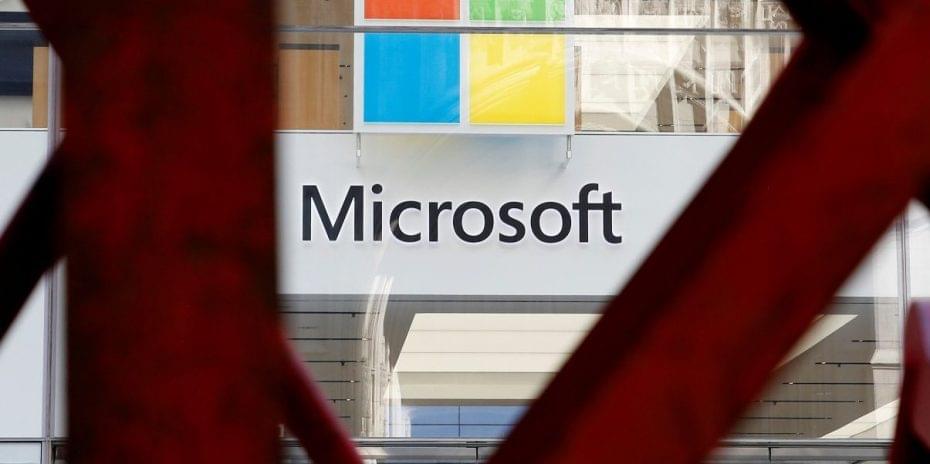LONDON – ASML, a Dutch firm that makes high-tech machines used in semiconductor manufacturing, will see its market value climb from $302 billion to more than $500 billion next year, according to two tech investors.
Nathan Benaich, founder and general partner of boutique VC firm Air Street Capital, and Ian Hogarth, who sold his AI start-up Songkick to Warner Music Group, wrote in their annual “State of AI” report Tuesday that Europe’s largest tech company is the little-known “linchpin” in the global semiconductor industry.
Founded in 1,984 ASML provides chip makers with essential hardware, software and services to mass produce patterns on silicon using a method called lithography.









